Mixed Fried Fish & Seafood, Sorrento Style
Shortly after I arrived in Sorrento to attend cooking school back in 2007, I came upon Trattoria da Emilia on a leisurely stroll in the old fishing village of Marina Grande. Unbeknownst to me “Da Emilia’s” would soon become my go to place to enjoy a good meal of home-style cooking (cucina casereccia) in a casual, lively atmosphere with pretty views of Mount Vesuvius and the Gulf of Naples.
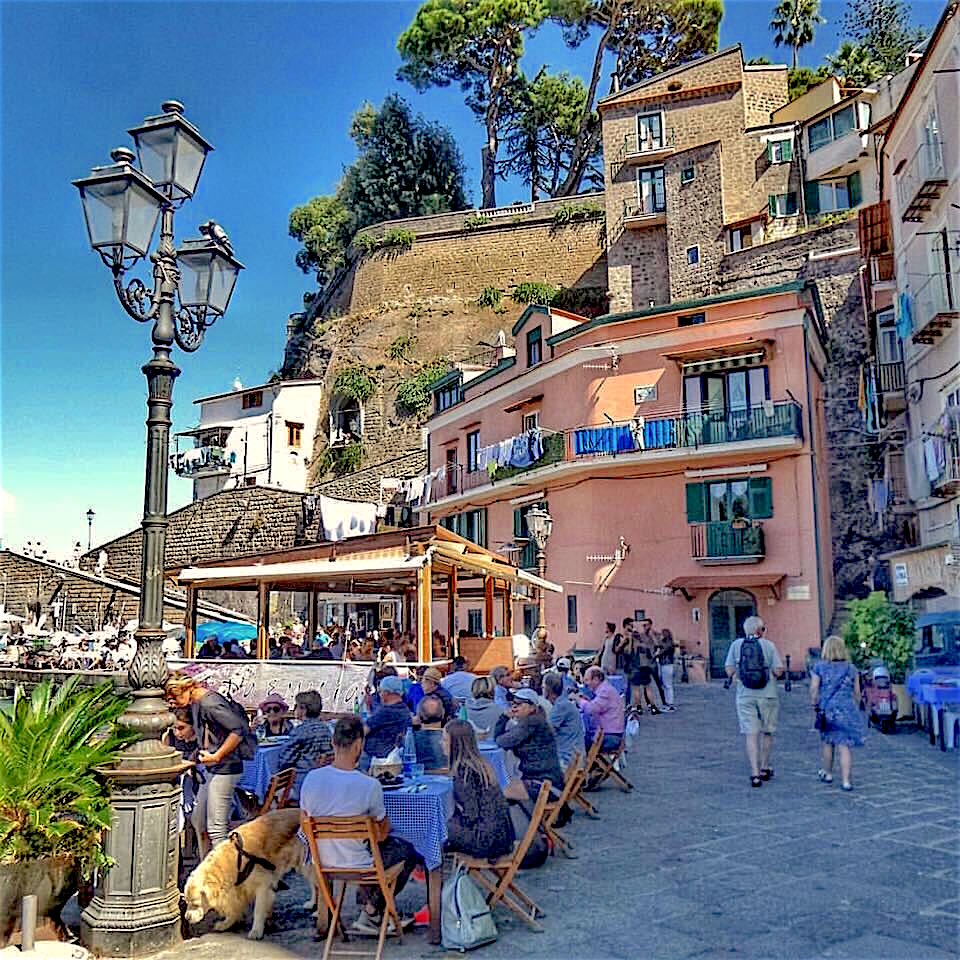
Because it was springtime and the weather was as beautiful as can be, I found myself frequently making my way back down to the marina for yet another delicious experience led by the same cravings of the fresh sea air, pretty views, good food, and simple, quality time to take in the local culture.
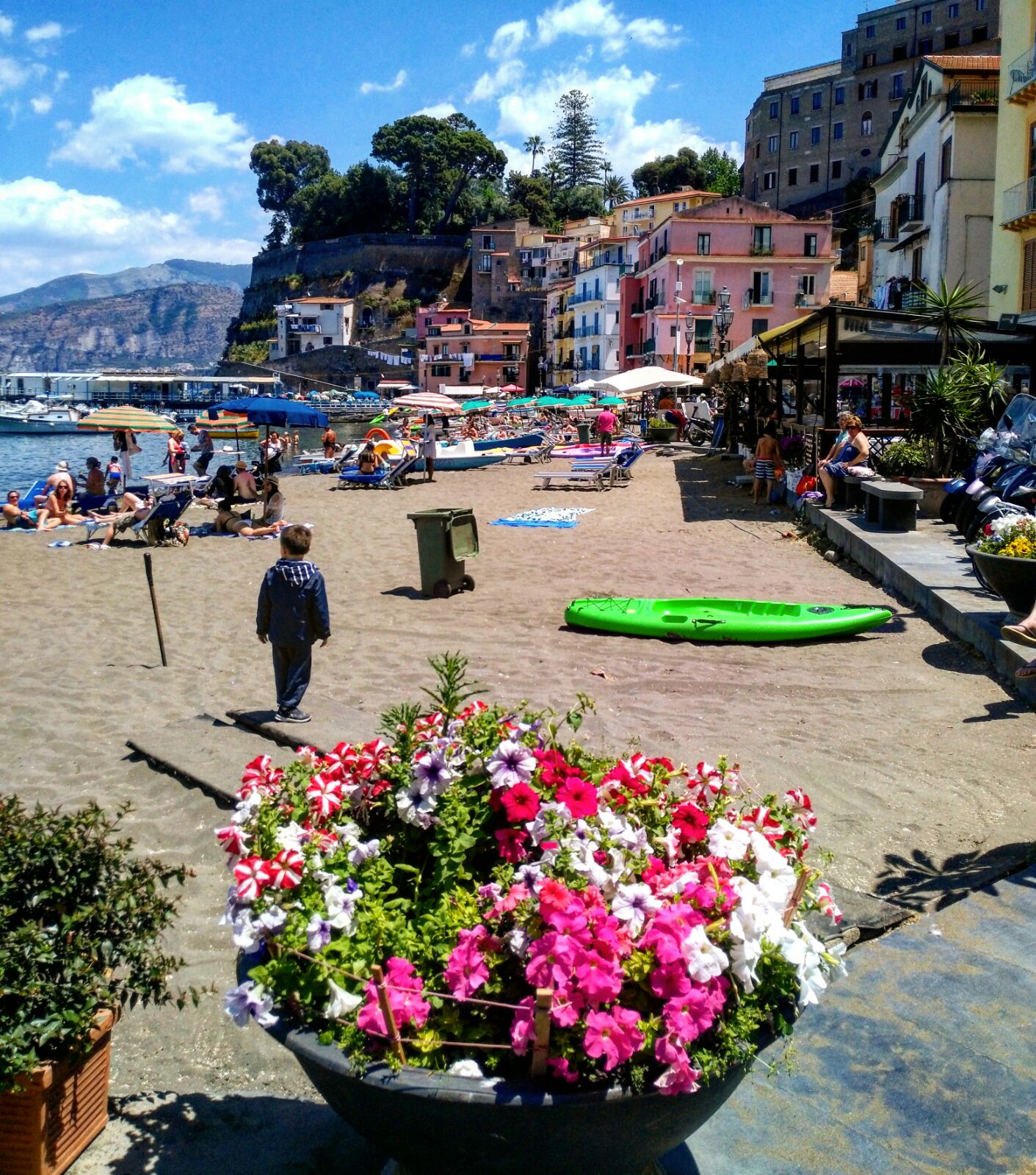
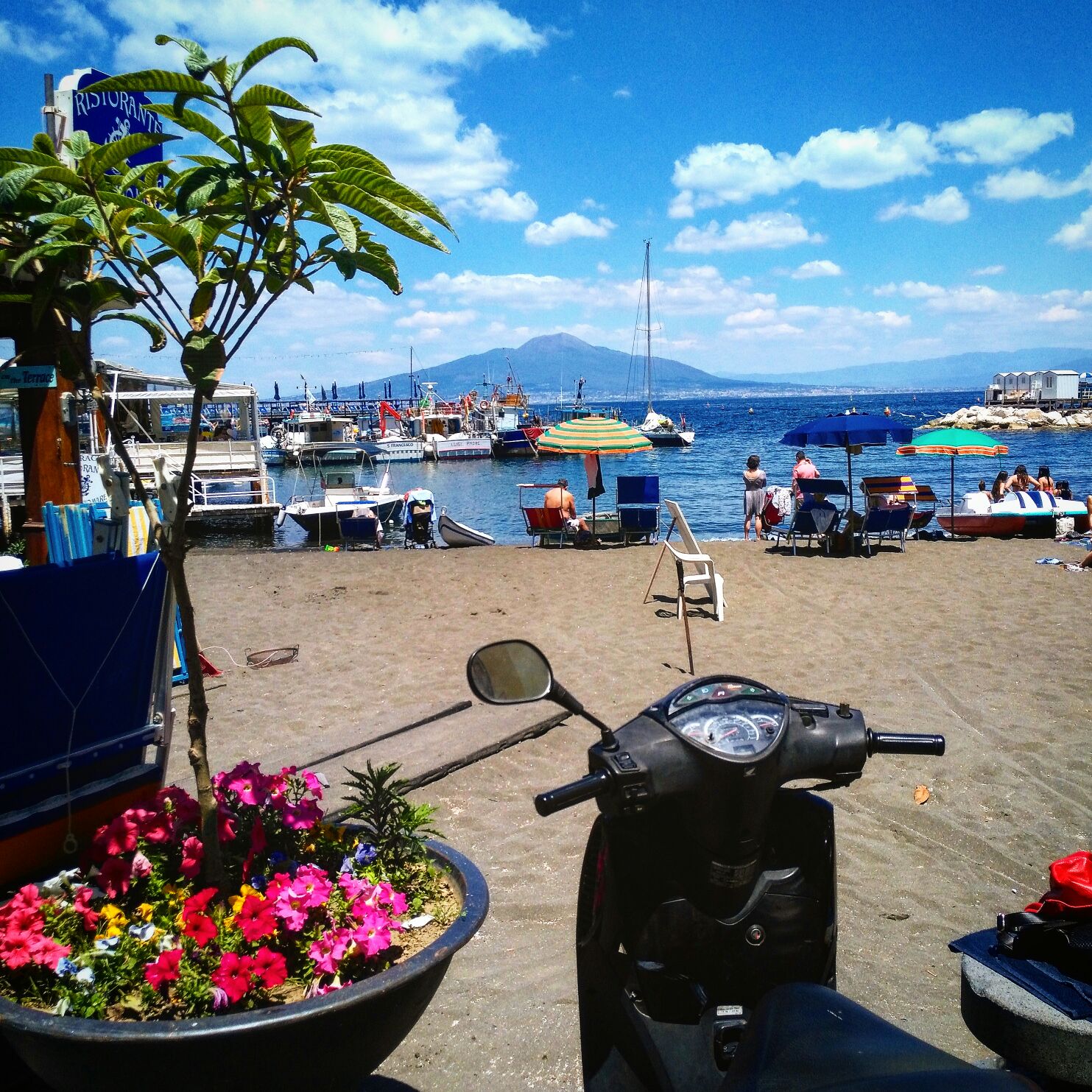
Who knew that Trattoria da Emilia would soon become a special part of my life, a comfy, delicious home away from home, if you will.
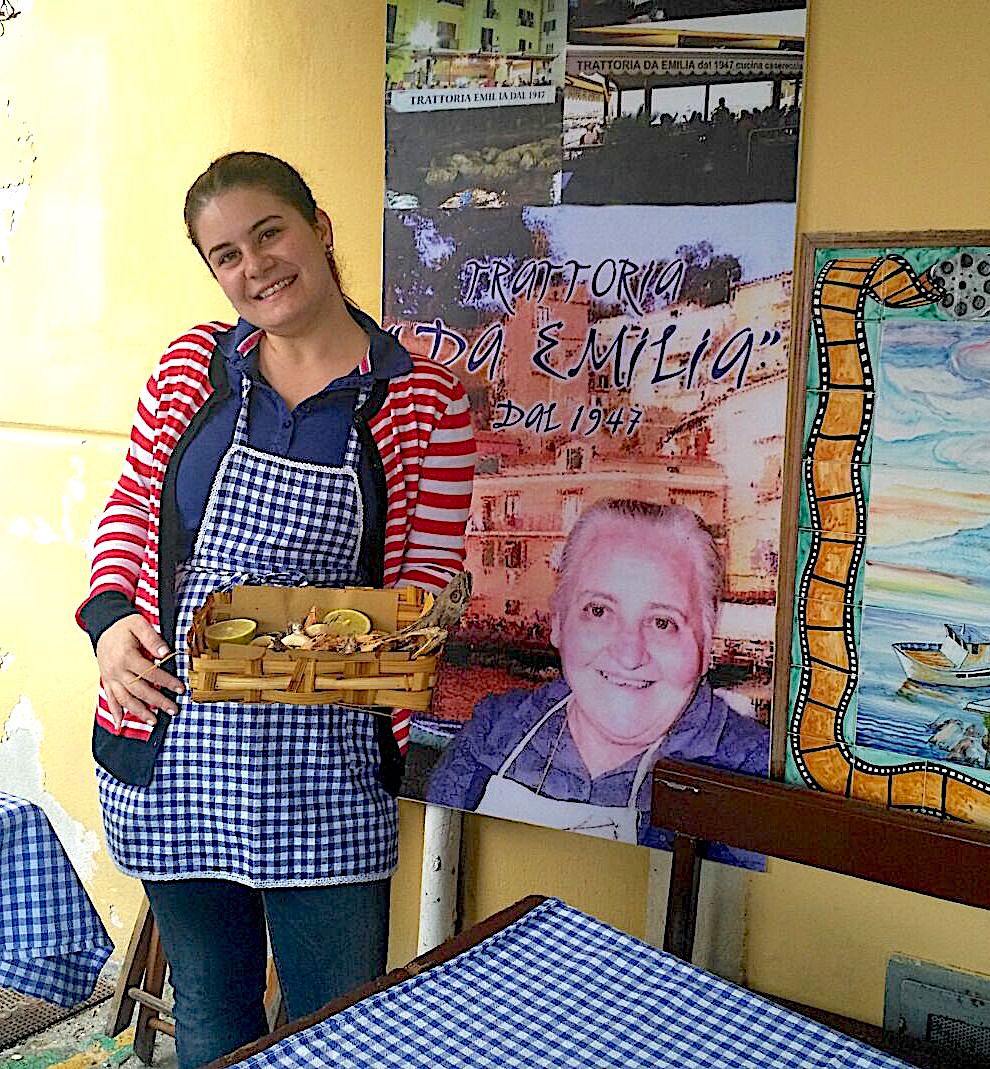
Formerly an abandoned boat shelter, called monazzero in Italian, Trattoria da Emilia first emerged back in 1947 when Emilia’s husband Giovanni converted the space into the first ever tavern/store (a puteca) located in Marina Grande. Right from the start, this tavern provided that home away from home for the local community, a small, intimate place to gather together on a regular basis to enjoy a glass of wine, some local caciocavallo cheese and salumi, good conversation, and a friendly game of cards. I wonder if Giovanni and Emilia had even the faintest inking of the deliciousness that was to come.
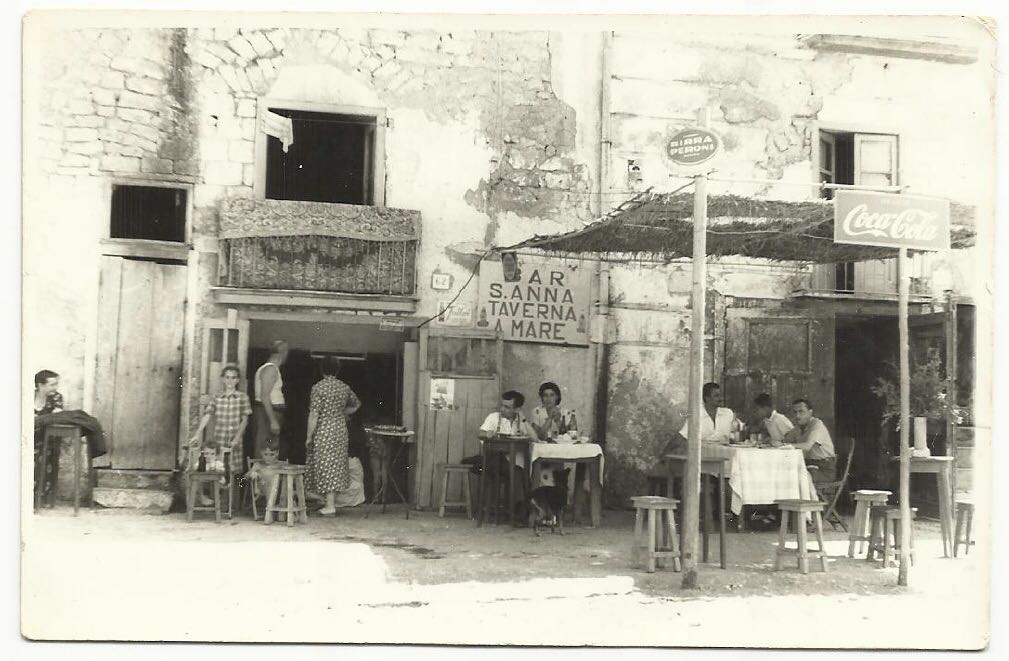
Three generations later, Trattoria da Emilia is still the heartbeat of Marina Grande, but now a bustling place with quaint little tables covered in blue and white checkered cloth inside and out, and along the stretch of beach. It may look like a beach shack, but for a good meal of local specialties noted for their simplicity and deliciousness, this place is a gem.
Like this recipe for Mixed Fried Fish and Seafood (Frittura di Paranza), for instance, which is a popular traditional second course seafood dish that I frequently order and simply adore, especially when I am dining al fresco (outside in the open air) on their waterside terrace on those beautiful days and balmy nights during the spring and summer months.
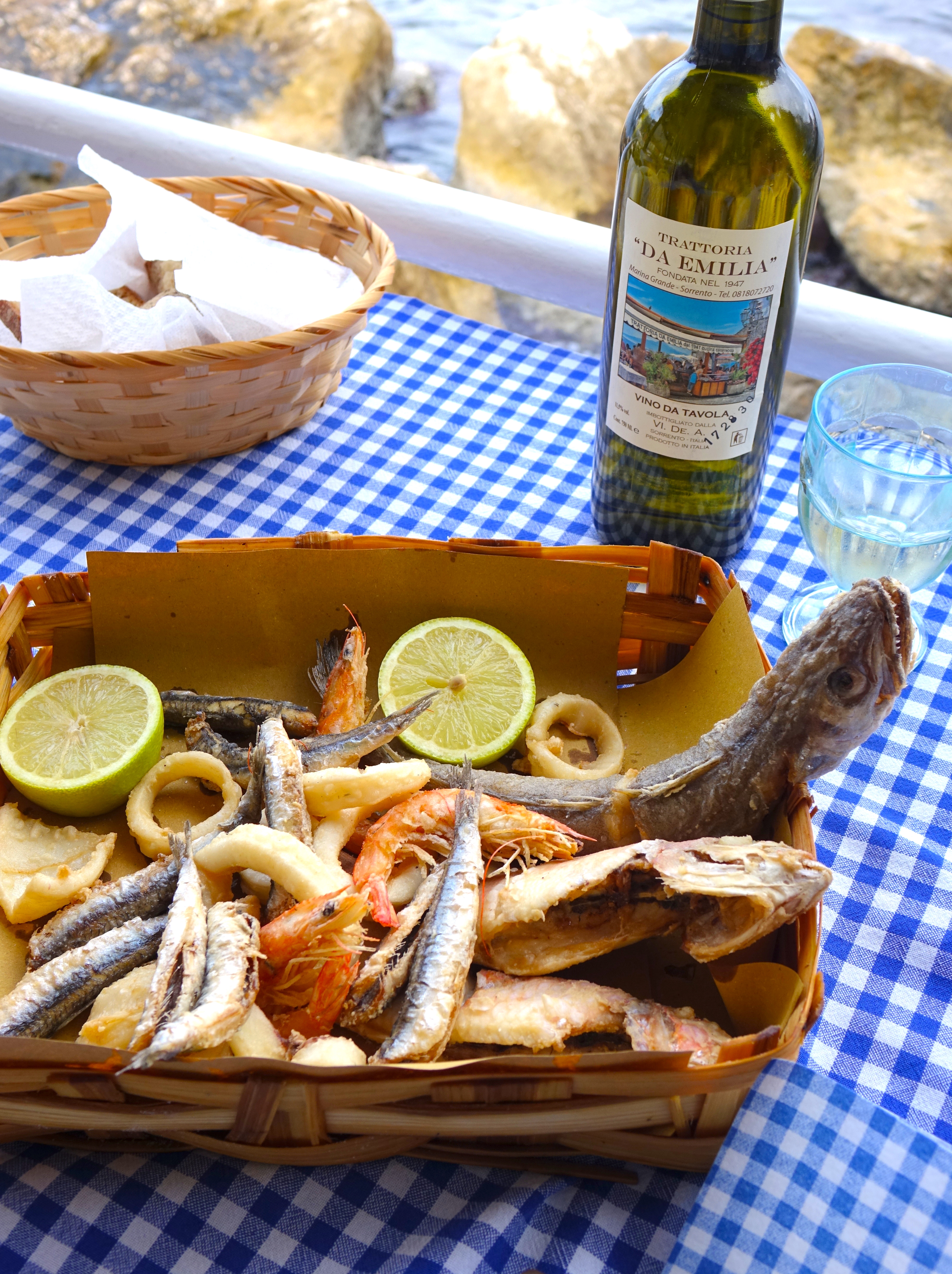
But to achieve the light, perfectly crisp, and flavorsome fish fry, like Trattoria da Emilia’s, that keeps you yearning for more with a mere whiff of its fragrance of the fresh sea air, it requires getting started with the freshest of fish and seafood you can get your hands on at your neighborhood fish market, or, ideally, right out of the very hands of your local fishermen, to render best results.
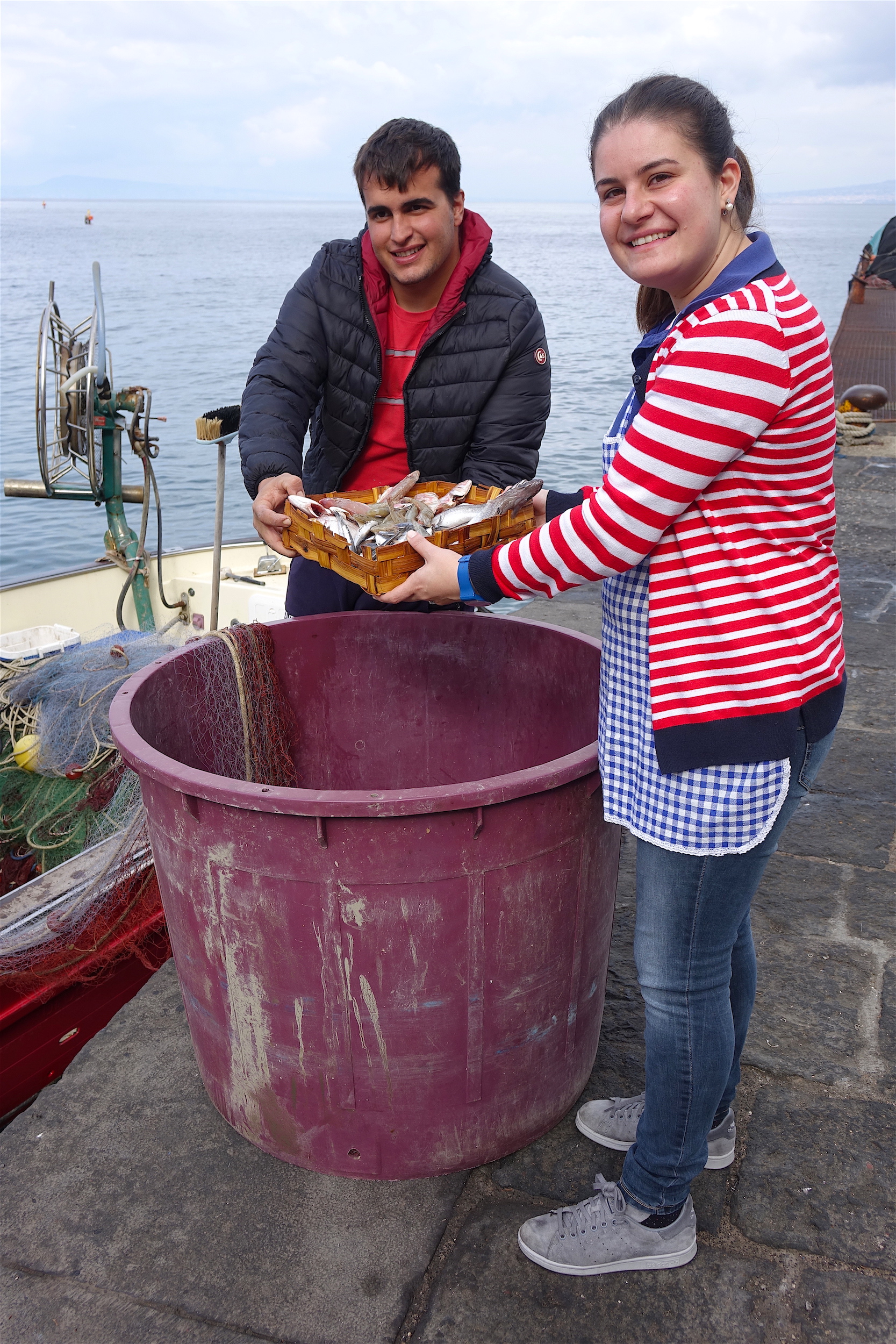
In the traditional recipe, the mixture of fish and seafood used is typically composed of some medium size whole fish, such as cod, mullet, or surgeon – some small size fish, which almost always includes exclusively anchovies – some medium to large size calamari – and some medium to large size whole shrimp. Although, it is also commonly prepared with only the smaller size fish and seafood, which, naturally, depends upon the personal preference of the cook and their family members and/or guests, and the selection of just caught sea-worldly creatures one finds at the neighborhood fish market or right off the boat of the local fishermen.
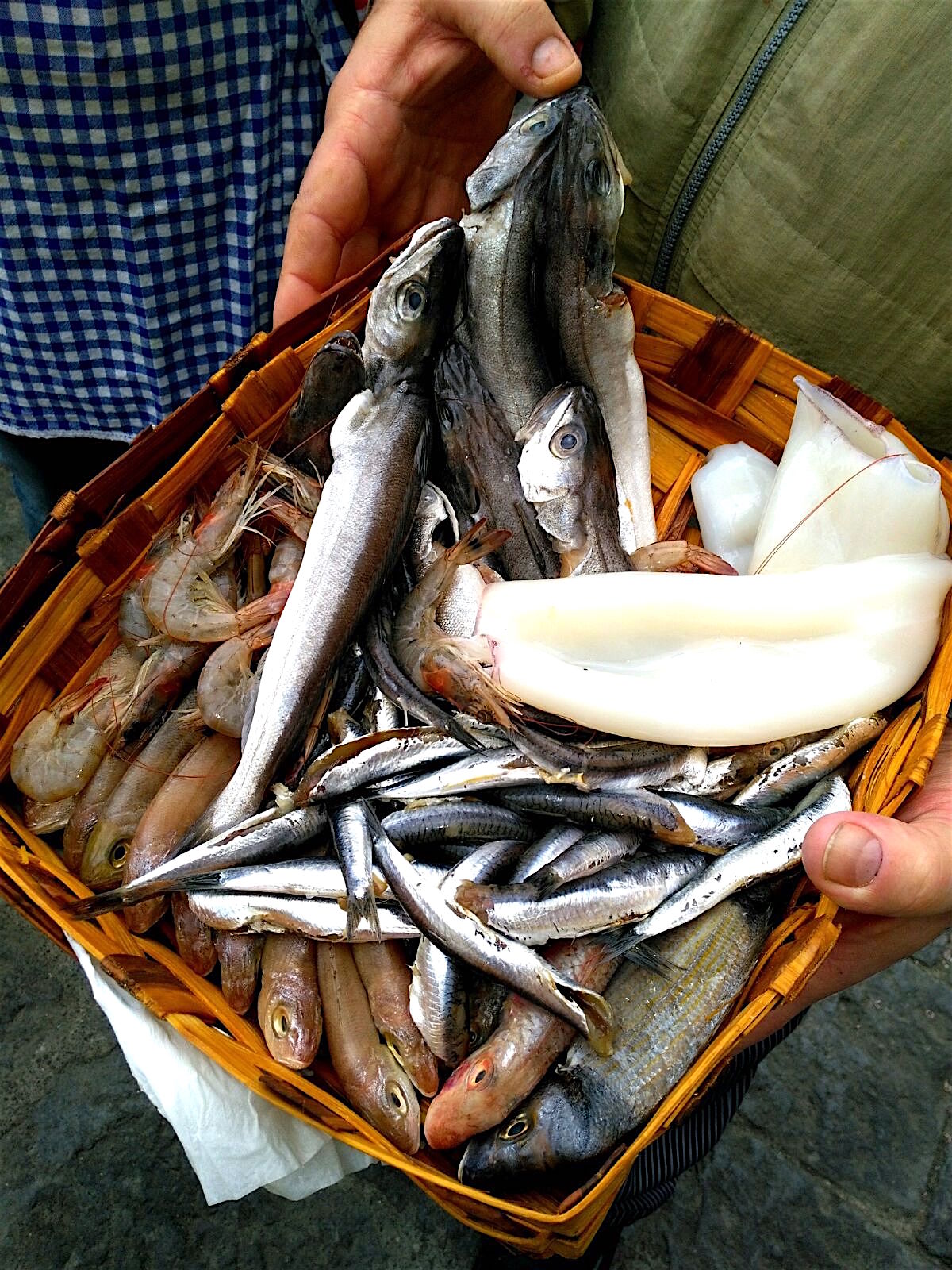
Having the freshest of fish and seafood in hand or a “MUST” on your shopping list, here’s the quick and easy steps you need to take to put this traditional fish fry together.
Meet the wonderful chef Irene Cacace, one of Giovanni and Emilia’s four children, who runs the delicious show at Trattoria da Emilia.
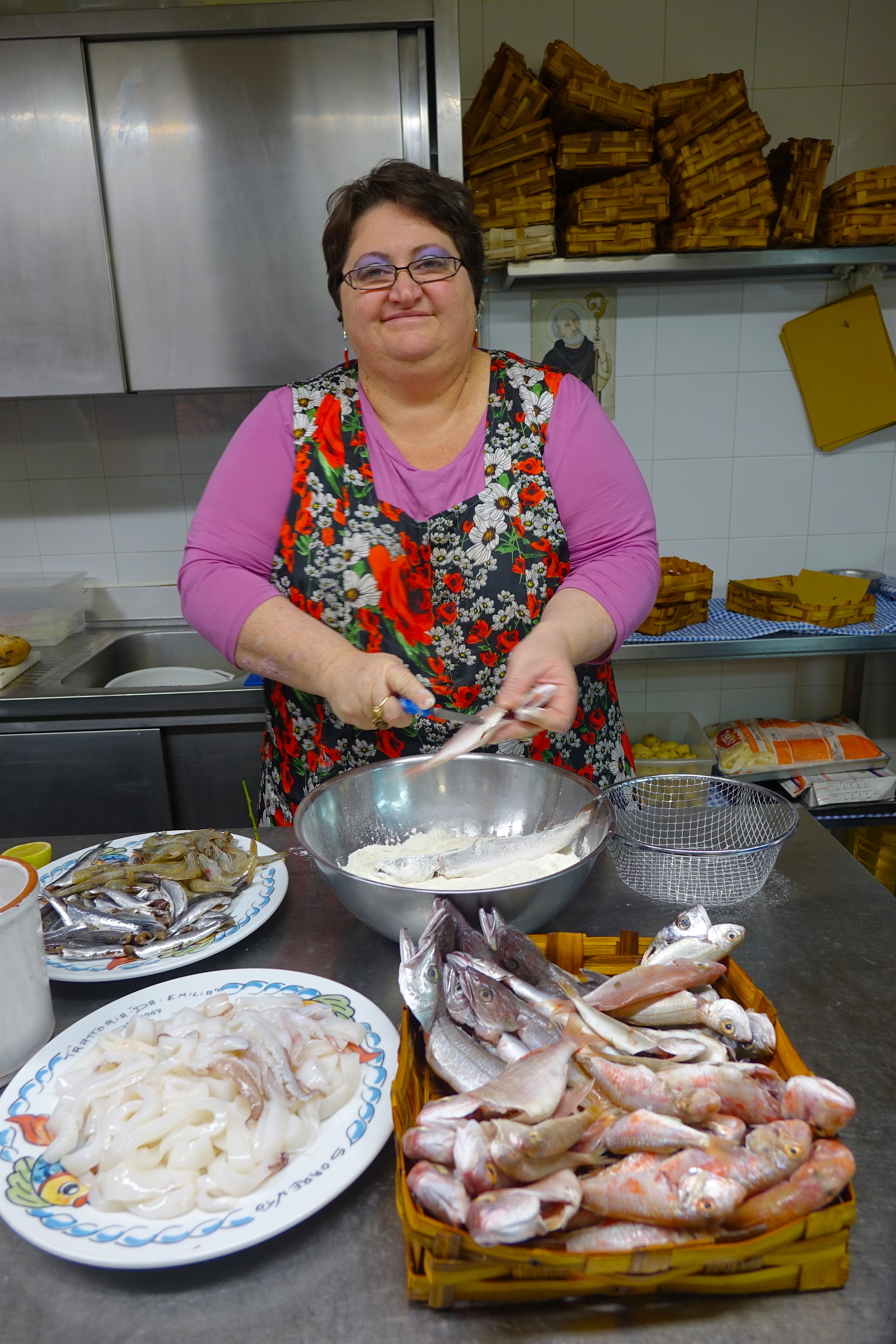
Clean and prepare the fish and seafood according to the details in the recipe below. If you are using anchovies, snap off the heads, clean out the innards, remove the backbones, and rinse the fish thoroughly. For further cleaning instructions and a how to video click here
For the shrimp – Campanian cooks traditionally fry the shrimp whole with their heads, tails, and shells still attached for this recipe. Later, the shrimp are de-shelled and eaten at the table with a fork and knife. The shrimp you find in most North American fish markets usually already have their heads removed, but their shells and tails are still attached. You can fry the shrimp like this, if you like, or to eliminate the need to de-shell the shrimp at the table with a fork and knife, you can peel the shrimp, but leave the tail attached, to give you a convenient little handle to lift the shrimp off your plate and pop them into your mouth.
Pat the fish and seafood thoroughly dry with paper towels.
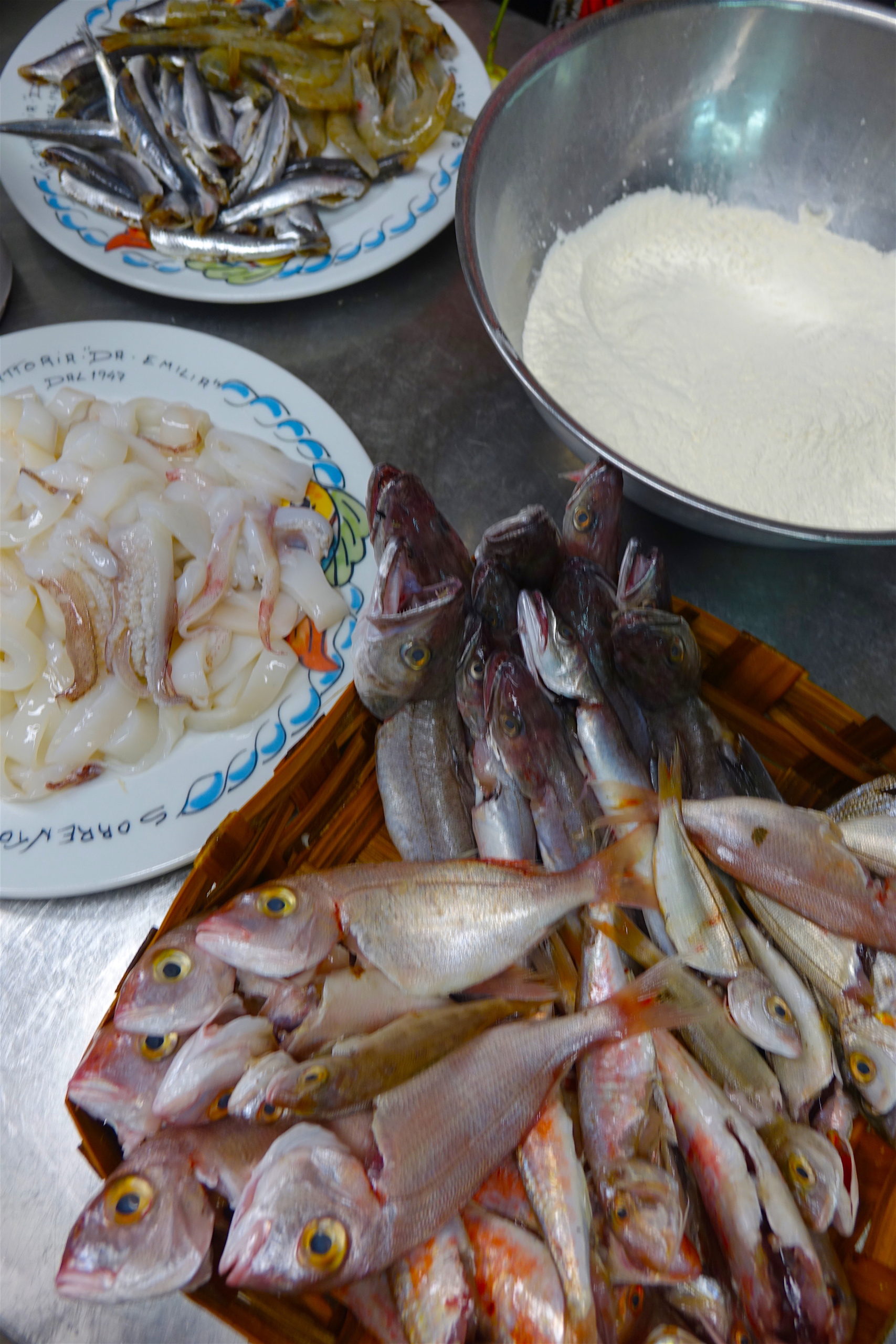
Heat the oil until hot, but not smoking, or when the temperature reaches somewhere between 360°F and 375°F (180°C and 190°C) on a deep-fat thermometer before you begin to fry the fish, or as Irene’s mother Emilia always said, don’t even bother frying the fish. The oil must be HOT, and make sure it’s either peanut or canola oil, which have high smoke points, or else the fish will be a soggy, greasy mess after frying.
Begin with the medium size fish, which take more time too cook. Dredge the fish into the flour and toss to coat. Tap the fish gently on the sides of the bowl to eliminate any excess flour, then drop them into the hot oil. Fry until the fish are golden, crispy, and cooked through. Transfer the fish to a paper towel lined plate to drain while you prepare the remaining fish & seafood.
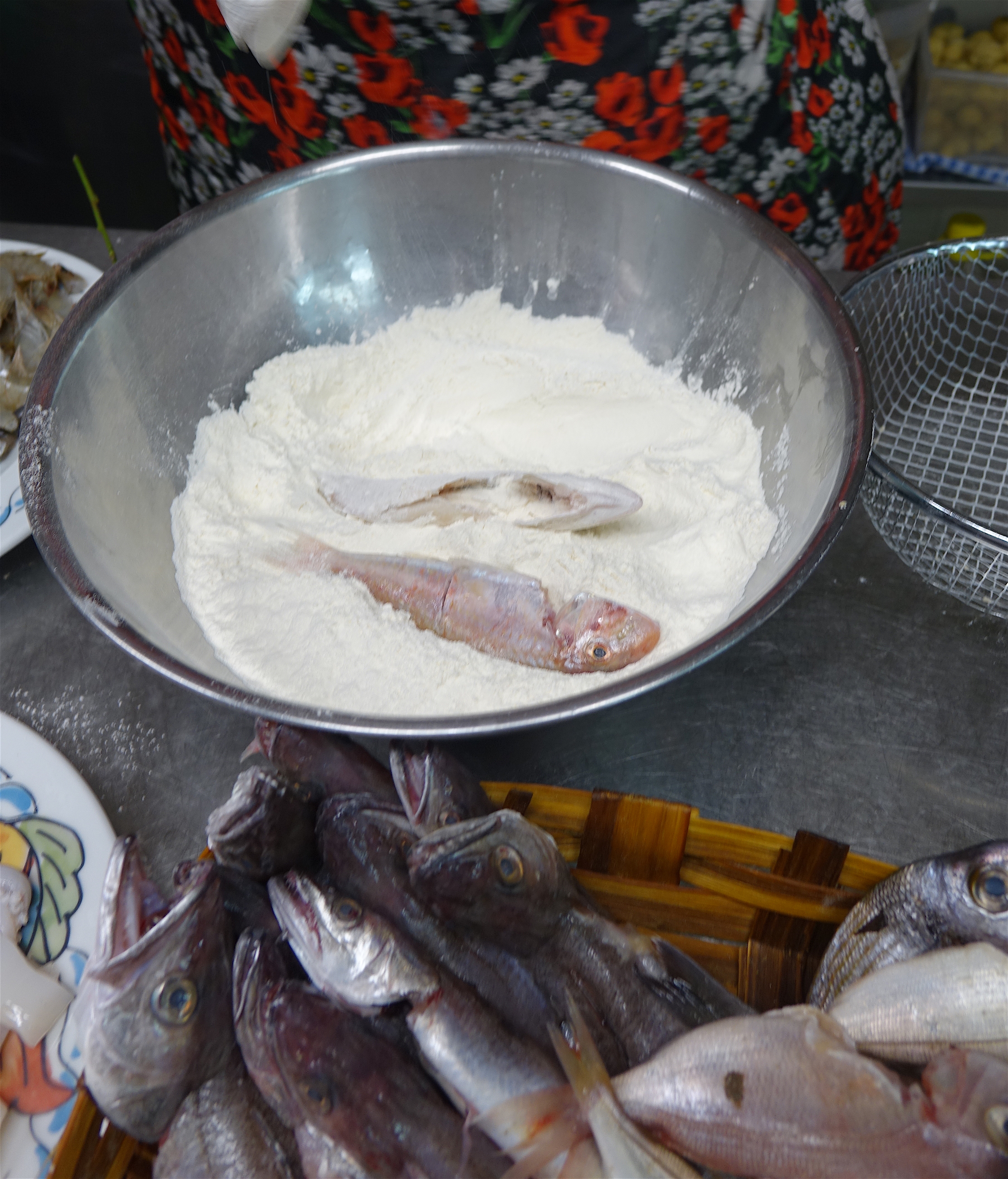
Meanwhile, working in batches, if necessary, dredge the smaller fish & seafood into the flour and toss to coat. Using a fine-mesh sieve, gently shake away any excess flour.
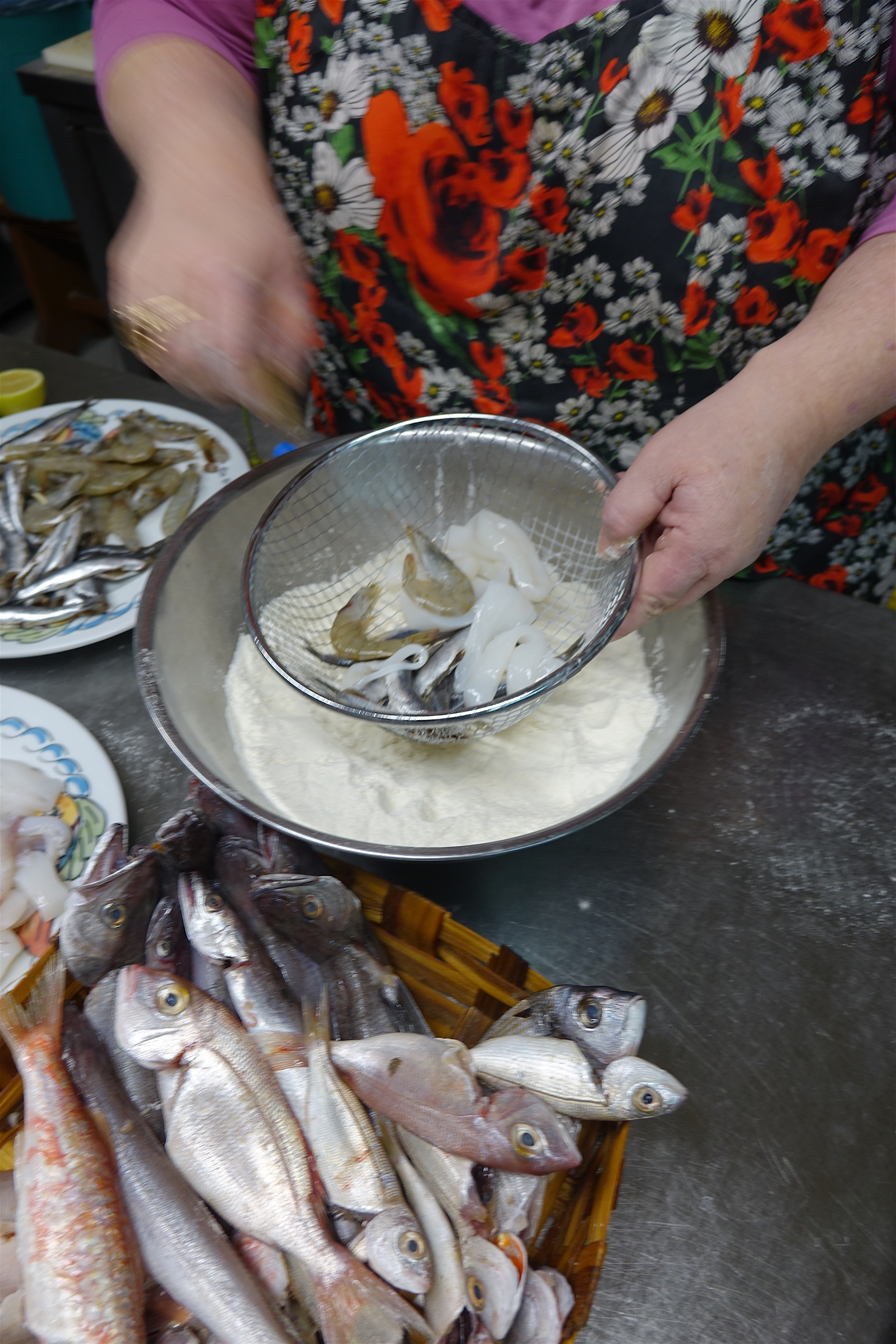
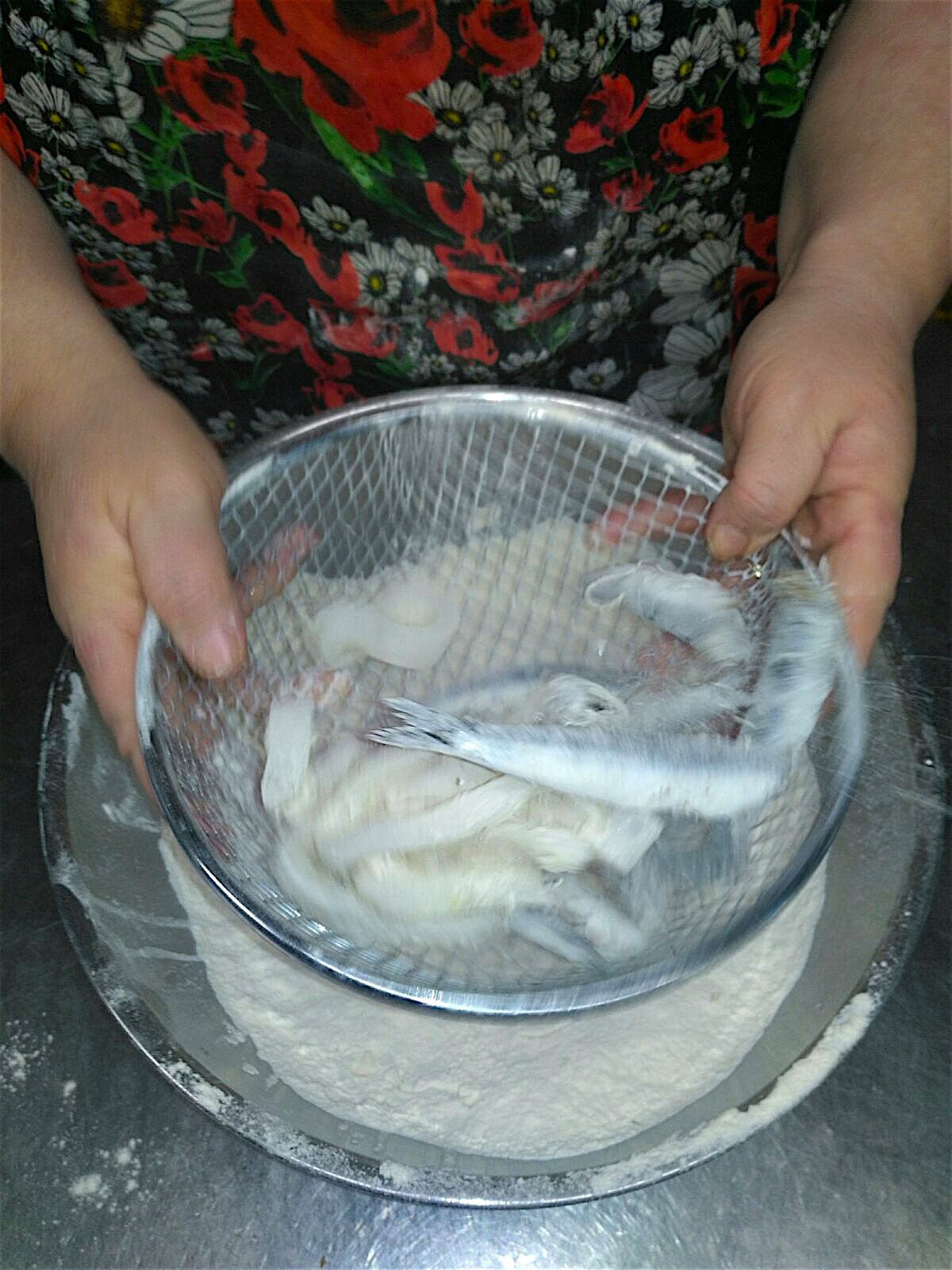
Drop the fish into the hot oil and fry until lightly golden, crispy, and cooked through. Using a wire skimmer, transfer the fish to a paper towel lined plate to drain as they are done frying.
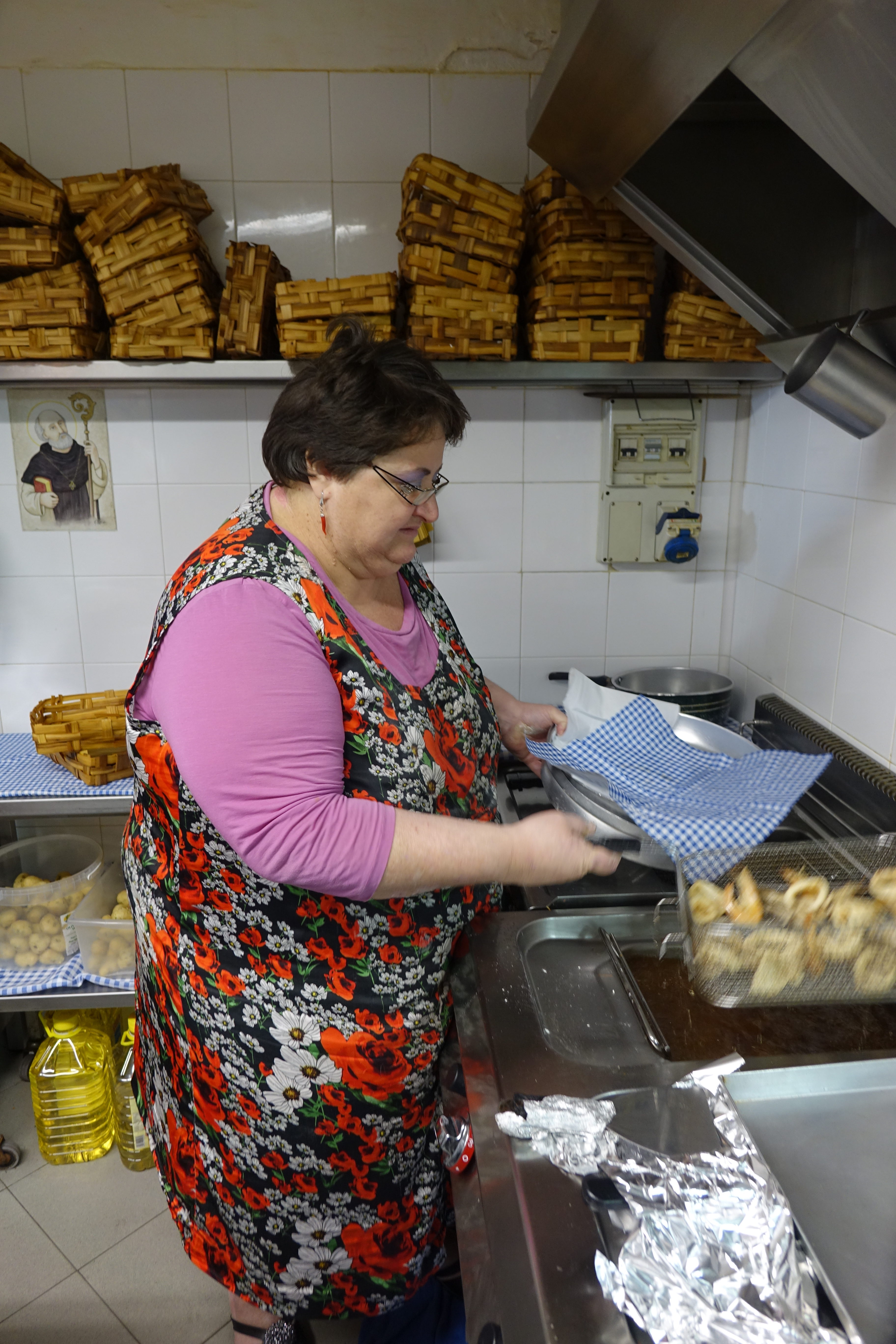
Arrange the fish and seafood on a serving platter (or in a cute, little basket like Irene likes to do) and sprinkle with salt. Garnish with lemon wedges and serve immediately.
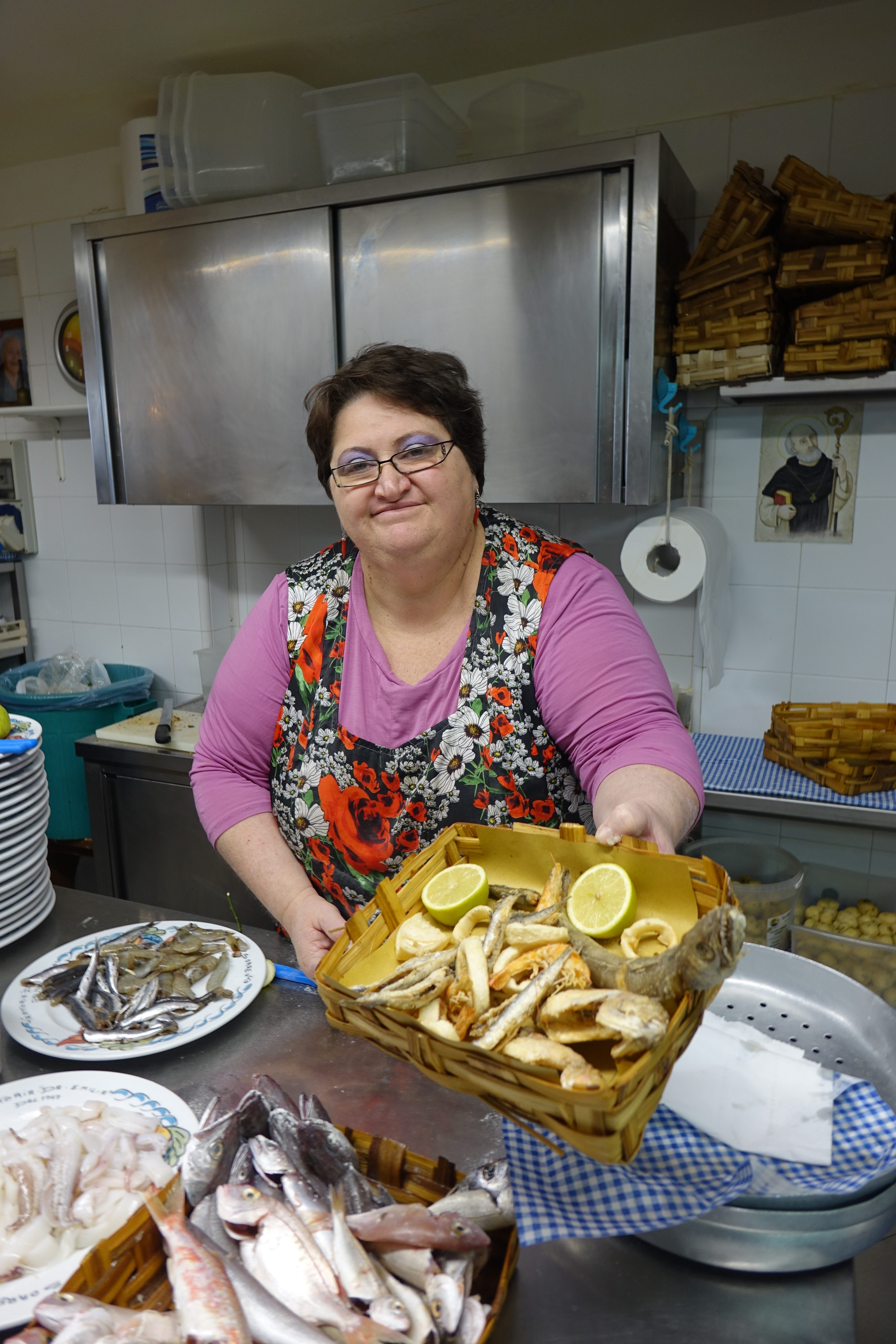
For a very quick peak of Irene in action – check out this video – where she talks about the mixture of fish & seafood in the traditional fish fry from the Gulf of Naples, called the pesci di paranza, which get their name from a type of fishing boat that drags its strong net along the seafloor to catch the bottom-dwelling fish.
Buon Appetito da Trattoria da Emilia!

For more information – Trattoria da Emilia
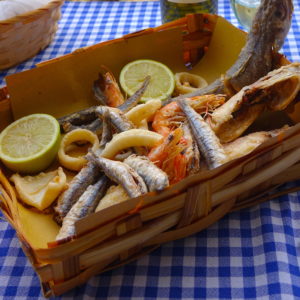
Mixed Fried Fish & Seafood
Ingredients
- 2 quarts peanut or canola oil
- 4 medium whole fish such as cod, mullet, or surgeon, cleaned, scaled, and gutted
- 1 dozen small whole fish such as anchovies, smelts, or sardines, cleaned according to the instructions above
- all-purpose flour for dredging
- 4 medium squid cleaned, cut into 1/2-to 3/4-inch rings, and tentacles left whole, or halved if large size
- About 16 whole, tail-on shrimp peeled
- fine sea salt
- lemon wedges for serving
Instructions
- Pat the fish dry with paper towels. In a large, deep pan over medium-high heat, heat the oil until hot, but not smoking, or when it reaches a temperature between 360°F and 375°F on a deep-fat thermometer. You can test the oil for readiness by dropping in a piece of bread and if it sizzles immediately it is ready.
- Dredge the medium size whole fish into the flour and toss to coat. Tap the fish on the side of the bowl to remove any excess flour. Drop the fish into the hot oil and fry until lightly golden on both sides, crispy, and cooked through. Using a wire skimmer or two forks, transfer the fish to a paper towel lined plate to drain while you prepare the remaining fish and seafood.
- Dredge the small fish into the flour and toss to coat. Place the fish in a fine-mesh sieve and gently shake away any excess flour. Working in batches, fry the fish until lightly golden on both sides and cooked through, about 1 to 2 minutes. Using a wire skimmer, transfer the fish to a paper towel lined plate to drain while you prepare the remaining fish.
- Working in small batches, dredge the squid into the flour and toss to coat. Place the squid in a fine-mesh sieve and gently shake away any excess flour. Fry the squid, one scant layer at a time, until lightly golden and crispy, about 1 1/2 to 2 minutes. Using a wire skimmer, transfer the squid to a paper towel lined plate to drain while you prepare the remaining squid.
- Repeat this process for the shrimp, frying the shrimp until lightly golden on both sides, about 2 1/2 to 3 minutes. Arrange the fish on a serving platter and season with salt. Garnish with lemon wedges and serve hot.
